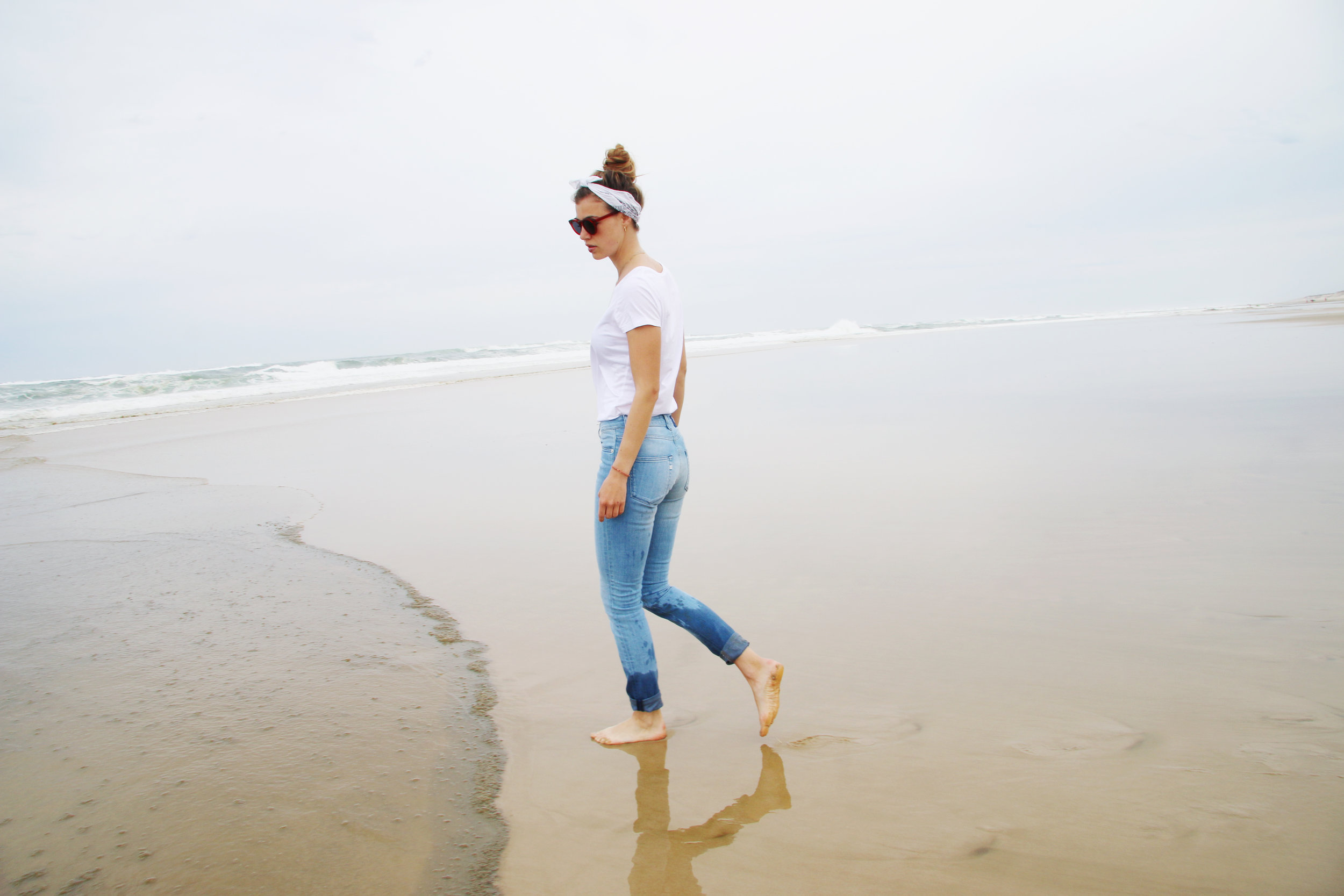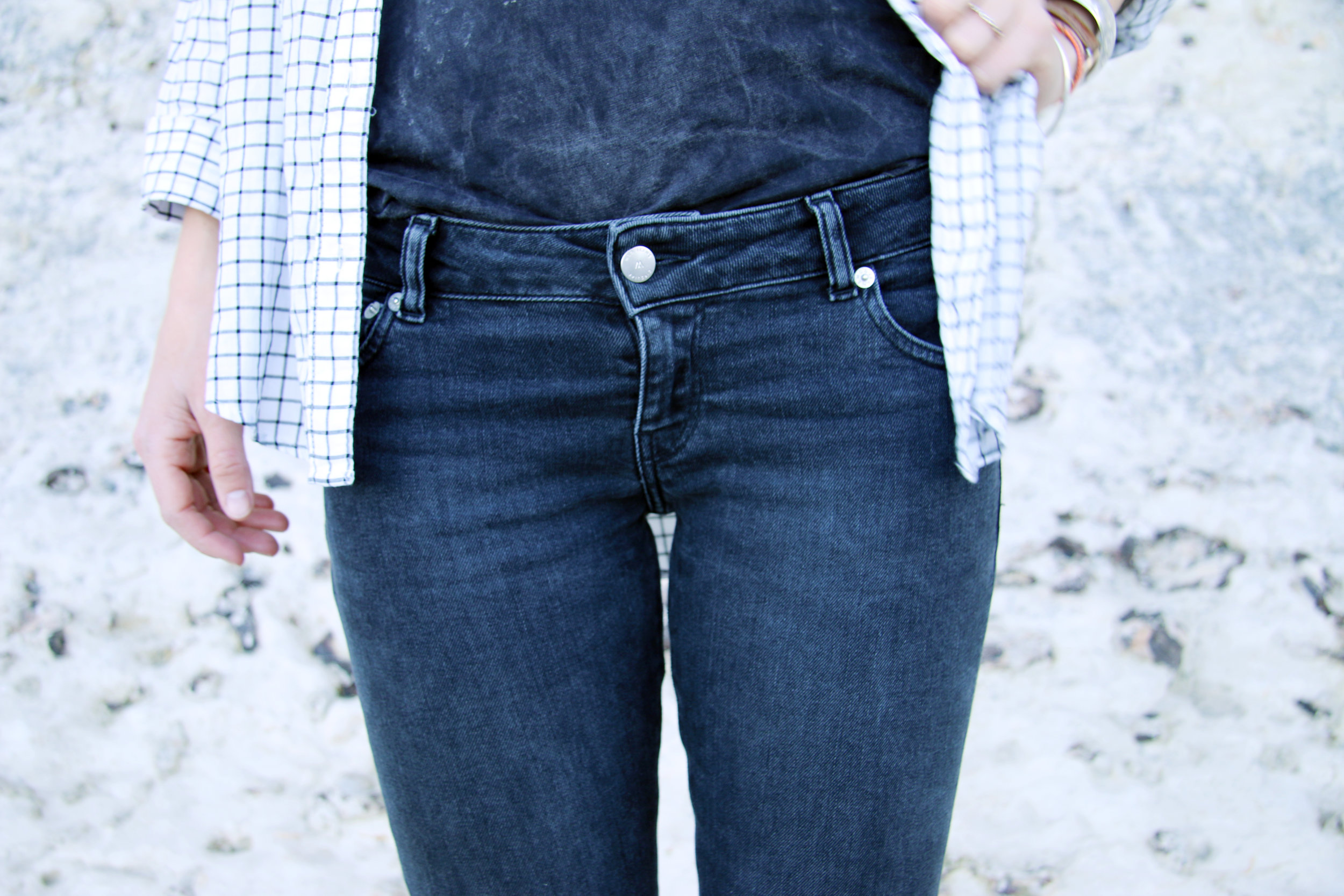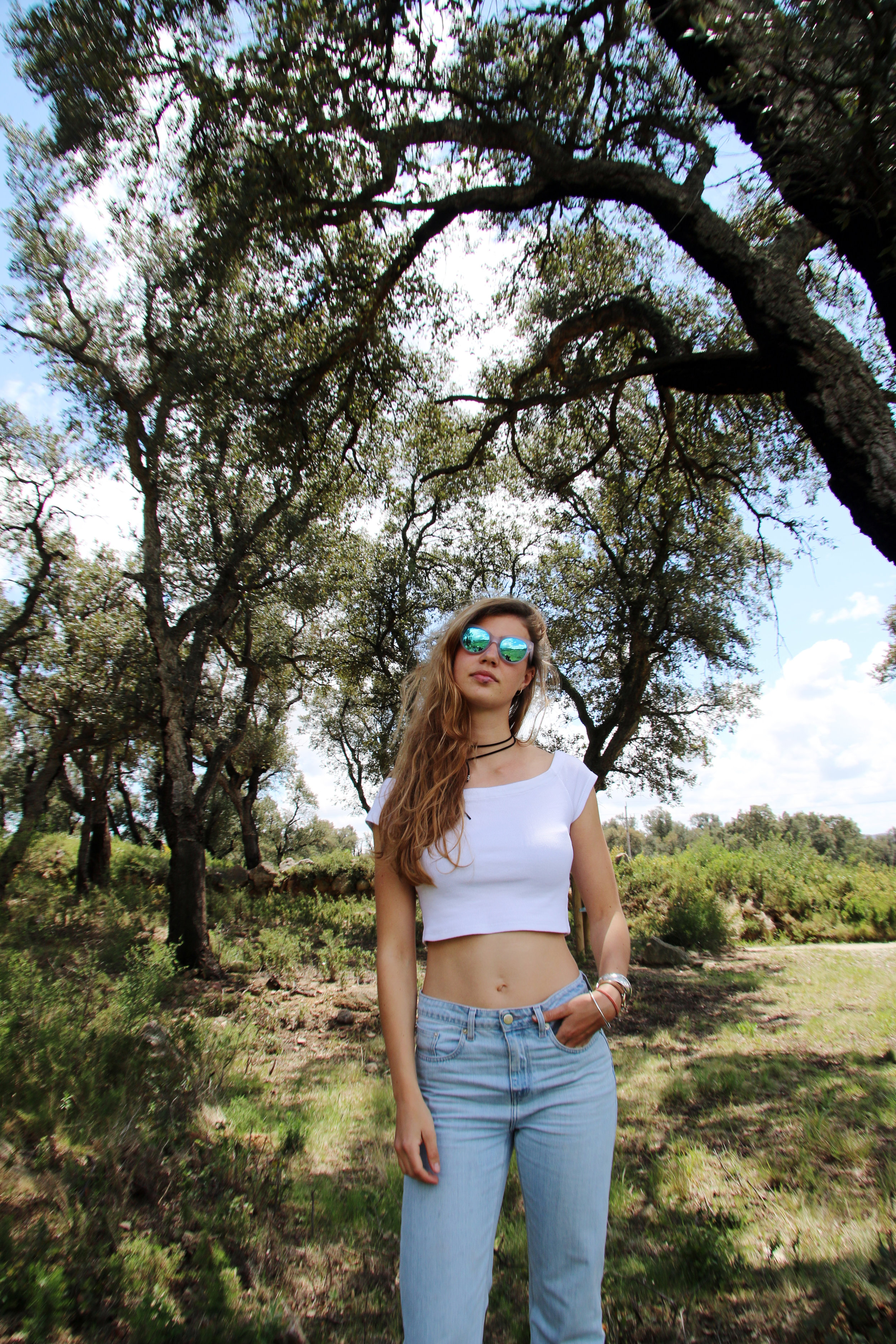We spoke to Madeline Petrow, co-founder of Mamoq platform, for an inside perspective on how conscious shopping online has been made easier than ever before.
By Hanna-Amanda Pant
Read MoreAGUSTAV Walnut Shelf.
Sustainability and innovation don’t always stem from new materials, but from clever solutions used in design process. Icelandic furniture manufacturer AGUSTAV is a fantastic example of how design meets innovation, with their timeless interior pieces using wood as their main material. AGUSTAV has also gone big on an environmentally conscious approach - for every item they sell, they plant trees to help boost the growth of a new forest. You give what you take - one of the main principles of circular economy model. Ágústa Magnúsdóttir, one of the founders of the brand, offered us a glimpse into AGUSTAV's world of subtle innovation paired with sustainability.
Words: Johanna Raudsepp
AGUSTAV bar stool.
What do you value most about interior design?
Interior design as we see it is the art of establishing a deeply-rooted connection with your surroundings and habitat. It’s sort of like nesting. It’s nesting that we sometimes do for other people.
We like to keep our lines clean and we value interior design with a solid base. As furniture makers, what we most cherish are spaces designed with a natural calm sense to them; spaces that are grounded with natural materials and allow the furniture to shake up the centre of attention.
Iceland is a place of great natural beauty. How does that come into play in your design process?
Design is just something we do, it comes naturally to us and the creation process is where we focus most of our energy. It is likely that our foundations are rooted in Icelandic nature, but it’s not something that we identify with specifically. The Icelandic hardness is embedded in our DNA and it’s probably something that moves within us and influences us, without us attempting it per se. We use the nature to get away more than we do [use nature] during the process itself. It’s our safe haven where we catch our breaths and regain our stamina after busy periods at the workshop.
People are looking for new, innovative ways of creating staple furnishing pieces. What is your approach to innovation and how do you apply innovative methods?
We have always been more interested in the innovation element of creation than the actual 'design' part. To us every thing is designed. In one way or another, intentionally or not, everything is designed. Whether it’s innovative, functional or even useful, is another element and those elements happen to attract our interest even more. We strive to make our items functional and useful; yet we would like them to be innovative and we ground all these things in our perception of aesthetic appeal.
I have to ask about your infamous book rack - what inspired you when creating it?
The book rack came to be when we still lived in Copenhagen. Initially, when we moved in together, we lived in a very small and crooked apartment. We desperately needed space and a place to put our things away (whatever that thing was). The book rack sprung from our original design of the coat rack. We were looking at ways to utilise the same rack system in more ways and the book rack jumped right at us from that process.
AGUSTAV Book Rack.
Finally, how does AGUSTAV follow principles of sustainability? Why is it important to you and the consumer?
The environmental issues the world is facing today are very scary and very real. It’s extremely important that everyone does what they can to contribute to the environment, to reduce their waste and think wisely about their purchases. These elements are key to our process, our creations are centred around the fact that we want our items to last. We create high-end quality furniture and encourage our customers to choose wisely before buying, we create our furniture to last and hope that they will be passed down to generations to come. We don’t see beauty in buying one thing today and replacing it with whatever comes out in the next seasonal catalogue. We buy once and hold on to [it] forever.
As to sustainability, we use every piece of wood we get hold of in the workshop and do our best to minimise waste. If we can’t see use for the cut-offs, we’ll give them away to projects that can make use of them. Additionally, we strive to give a little back by planting a tree for each item we sell.
Find AGUSTAV furniture here.
The Dutch denim brand MUD Jeans has gained fame beyond making jeans — the foreseeing, conscious denim maker operates on a ‘circular economy’ based brand model, aiming to shift the perspective of completely guilt-free consumption as a mere utopia. This means you are not just blindly buying a comfy pair of everyday jeans, but renting them with a bonus of swapping your most cherished ones against a new pair every year. Never letting go of your favourite jeans forever whilst doing good for the environment… sounds like a fair enough trade!
Savant spoke to Danique Gunning, Marketing Manager at MUD Jeans.

MUD Jeans Campaign 2016
MUD Jeans operates on the model of circular economy. What does it mean, to put simply?
We live in a linear ‘take, make and dispose’ system, although we know our resources aren’t infinite. [The reality is], in the textile industry, we throw away a lot of clothing. We even burn it. Burning clothing accounts for 10% of the CO emission worldwide. So we have to change the way we do business. In a circular economy, there is no waste. We use old jeans — the ‘waste’ — as the resource for new denim products. We have made the circular economy practical by introducing the ‘Lease A Jeans’ concept. Customers pay a membership fee of 20€ and after that the pay only 7.5€ a month. After a year, they receive an email from us, asking whether they want to continue wearing the jeans or if they would like to switch to a new pair. Around 80% decides to switch to a new pair. Doing business in the circular economy thus means that, above all, you build long-term relationships with your customers.

MUD Jeans: Circular Economy Model.
Why do you think many brands reject taking that responsibility of being completely transparent in what they do?
I think brands should be transparent in what they’re doing because people expect this nowadays. Even though a brand makes mistakes, they should at least be honest about it and explain that they’re striving for the better.
Can consumption ever be entirely guilt-free?
It can for sure. It all starts with not buying things you don’t need. But if you purchase a circular product, you know that the materials will be reused. Also, doing business in the circular economy creates a lot of jobs in the recycling sector. But above all, you’re giving the resources back to the Earth at the end of use. This is our understanding of entirely guilt-free.

MUD Jeans Campaign 2016



What are the general attitudes towards fashion and sustainability among the Dutch?
People talk about it a lot and only very few of them actually act accordingly. But things are changing at their own pace. More and more people have become aware of the damaging effects of the fashion industry on our planet. I think people just lack the relevant education on the topic, and they have to learn that alternatives can be as fashionable.
What is the most difficult aspect in terms of educating the customer about environmental responsibility? To what extent does the education aspect of marketing matter?
Nowadays, people are so overwhelmed with information already. So it is important that the information we give about sustainability and about circular economy is fun, above all. In May 2016, we brought 3,000 returned lease jeans to our recycle factory in Valencia. Have a look at the Recycle Tour Video (link to YouTube). Through this trip, we showed that practicing in the circular economy can be a source of creative ideas and incorporate a lot of fun, too.
What can we all do to fight against the harm caused by the increasingly polluting fashion industry?
We can make sure our products are designed in such a way that they can be recycled after use. For example, we have already instructed the designers in the production process to make a difference. We are also thinking about how to reuse the products after being worn, for that we have introduced several waste streams — for returned jeans from other brands and for returned MUD Jeans. Our own jeans are first sold as vintage, if they still look great. Worn-in jeans can be very fashionable, especially if you give them a redesign. That’s what we do — we redesign the jeans on demand.